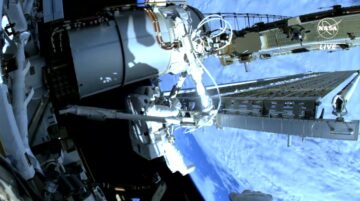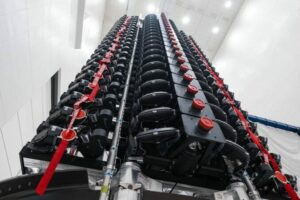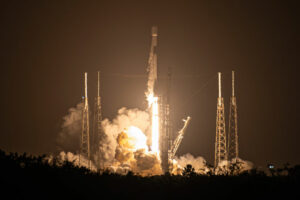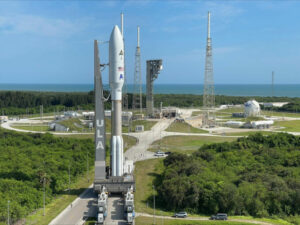Update: Rocket Lab’s launch has ended in a failure. Read our latest report..
[embedded content]
Original story:
Rocket Lab is gearing up to launch the second of four next-generation radar-imaging satellites for Capella Space atop an Electron rocket from New Zealand at 6:55 p.m. NZST (2:55 a.m. EDT / 0655 UTC) on Tuesday.
After lifting off from pad B at Rocket Lab’s privately-operated launch site on the Mahia Peninsula, the expendable Electron rocket, powered by its nine Rutherford first-stage engines, will head off on a south-easterly trajectory, targeting a 635 km circular orbit inclined at 53 degrees to the Equator. It will be the 41st orbital mission for the Electron rocket overall and the ninth during 2023.
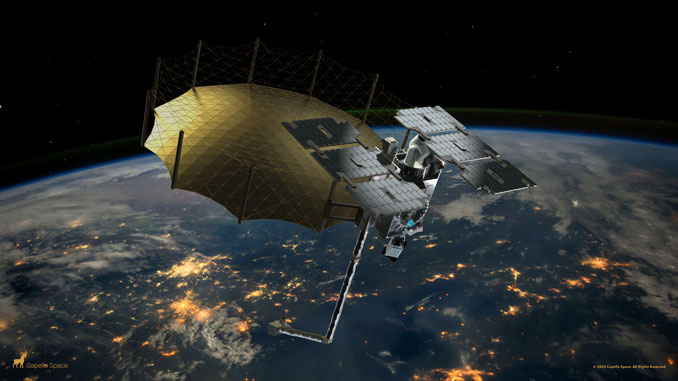
After burning for two minutes and 25 seconds, the Electron first stage will separate and a single Ruthford vacuum engine on the second stage will ignite to continue the rocket’s climb. After reaching a parking orbit, the second stage will separate a little over nine minutes into flight.
After coasting for about 44 minutes, the Curie engine of the Electron kick stage will fire for three minutes to achieve the intended orbit. Separation of the Arcadia-2 satellite will follow approximately 57 minutes, 15 seconds into flight.
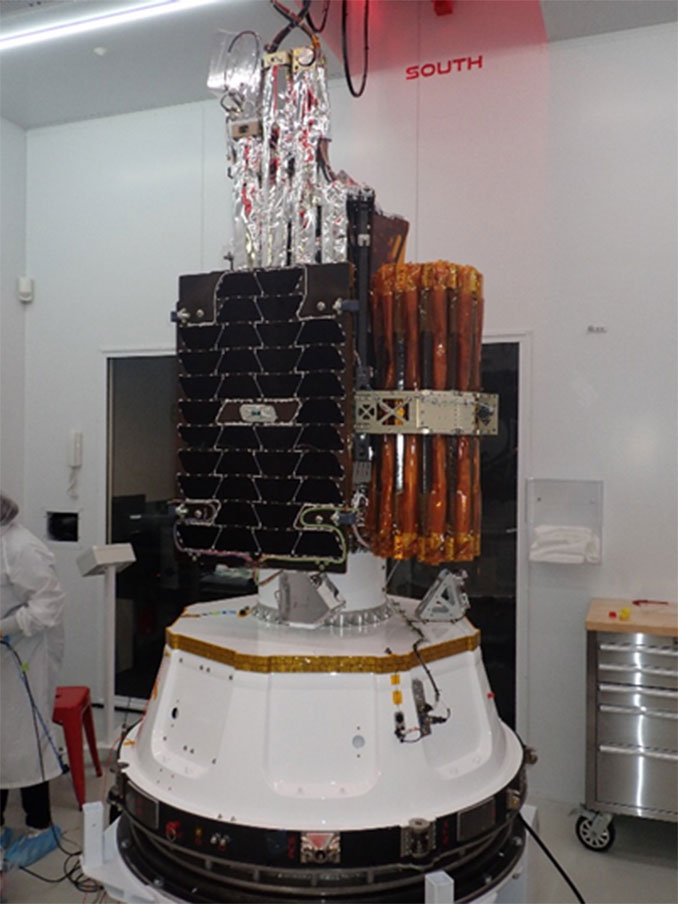
Rocket Lab launched the first of the four Acadia series of satellites on a recoverable Electron rocket on August 23, 2023. Capella Space reported “a flawless commissioning” for the satellite within a week of it reaching orbit. The company released the first imagery from the satellite’s cloud-piercing radar on August 31, showing views of roller coasters at amusement parks in the U.S. and Japan.
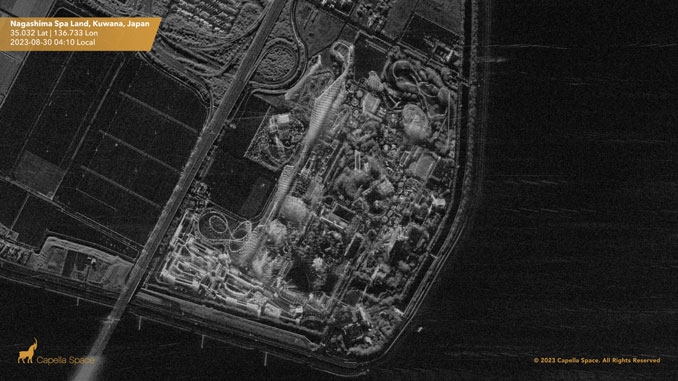
Acadia is the third generation of radar-imaging satellite operated by Capella Space. Its Synthetic Aperture Radar (SAR) is capable of imaging the Earth’s surface night and day, penetrating clouds, fog, smoke and rain. The spacecraft is equipped with larger solar panels and batteries to feed a more powerful radar system that provides higher bandwidth than the company’s earlier Whitney-class of satellites.
- SEO Powered Content & PR Distribution. Get Amplified Today.
- PlatoData.Network Vertical Generative Ai. Empower Yourself. Access Here.
- PlatoAiStream. Web3 Intelligence. Knowledge Amplified. Access Here.
- PlatoESG. Carbon, CleanTech, Energy, Environment, Solar, Waste Management. Access Here.
- PlatoHealth. Biotech and Clinical Trials Intelligence. Access Here.
- Source: https://spaceflightnow.com/2023/09/18/rocket-lab-electron-rocket-to-launch-cloud-piercing-radar-satellite/
- :has
- :is
- ][p
- $UP
- 15%
- 2000
- 2023
- 23
- 25
- 31
- 53
- a
- About
- Achieve
- After
- amusement
- an
- and
- apparent
- approximately
- AS
- At
- AUGUST
- b
- Bandwidth
- batteries
- BE
- before
- burning
- by
- capable
- climb
- company
- Company’s
- content
- continue
- day
- Despite
- Dragon
- during
- Earlier
- embedded
- ended
- Engine
- Engines
- equipped
- fails
- Failure
- Features
- Fire
- First
- flight
- Fog
- follow
- For
- four
- from
- gearing
- generation
- head
- height
- High
- higher
- http
- HTTPS
- Ignite
- image
- Imaging
- in
- incidence
- Inclined
- intended
- into
- IT
- ITS
- Japan
- jpg
- kick
- lab
- Land
- larger
- latest
- launch
- launched
- lifting
- little
- lost
- max-width
- minutes
- Mission
- more
- New
- New Zealand
- next-generation
- night
- of
- off
- on
- operated
- Orbit
- our
- over
- overall
- pad
- panels
- Park
- parking
- parks
- plato
- Plato Data Intelligence
- PlatoData
- player
- powered
- powerful
- provides
- radar
- RAIN
- reaching
- released
- report
- Reported
- Resort
- rocket
- s
- satellite
- satellites
- Second
- seconds
- separate
- Series
- showing
- single
- site
- Smoke
- solar
- solar panels
- SPA
- Space
- spacecraft
- Stage
- steel
- Story
- Surface
- synthetic
- system
- targeting
- than
- that
- The
- Third
- Third Generation
- this
- three
- to
- trajectory
- Tuesday
- two
- u.s.
- UTC
- vacation
- Vacuum
- Video
- week
- will
- with
- within
- youtube
- Zealand
- zephyrnet

